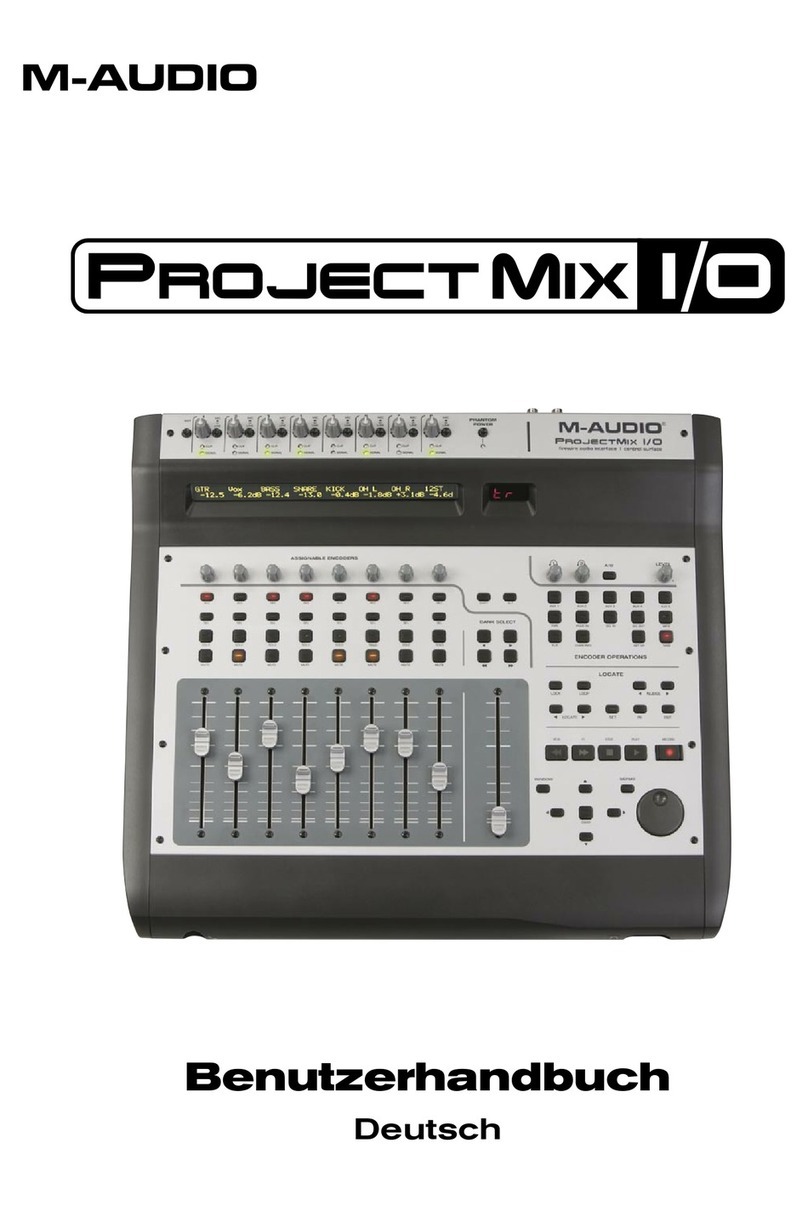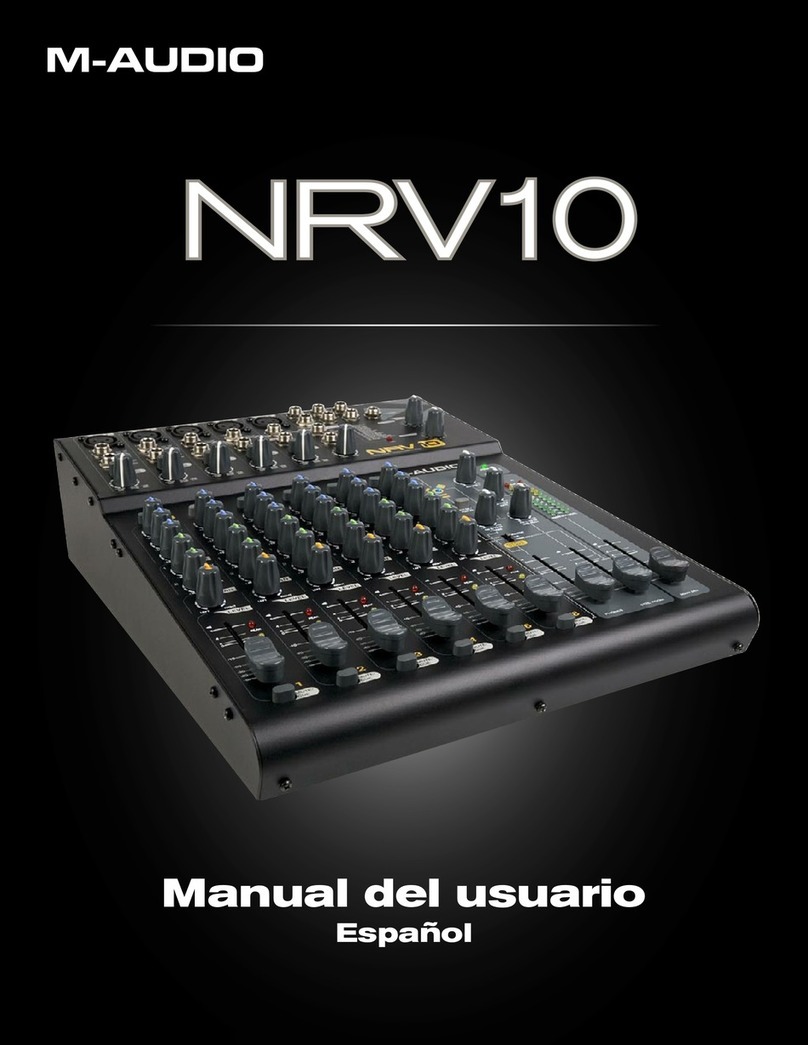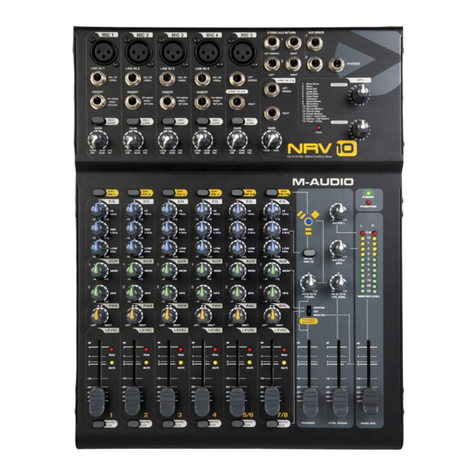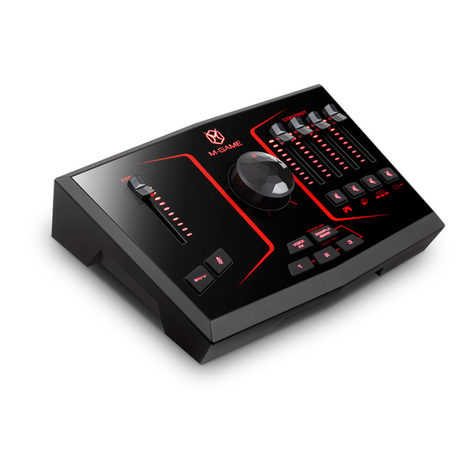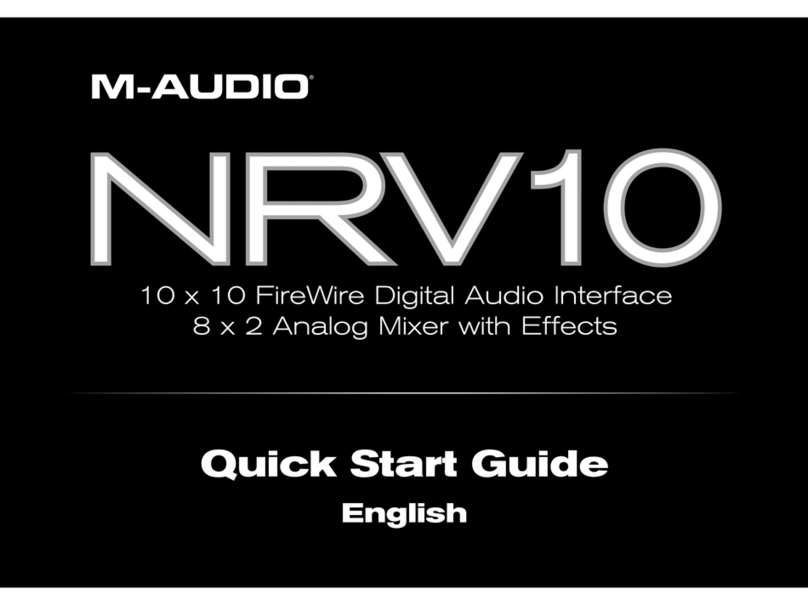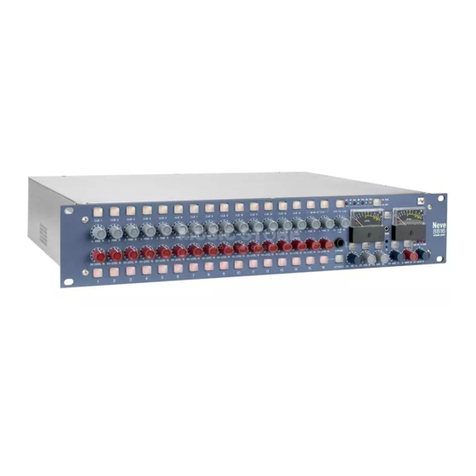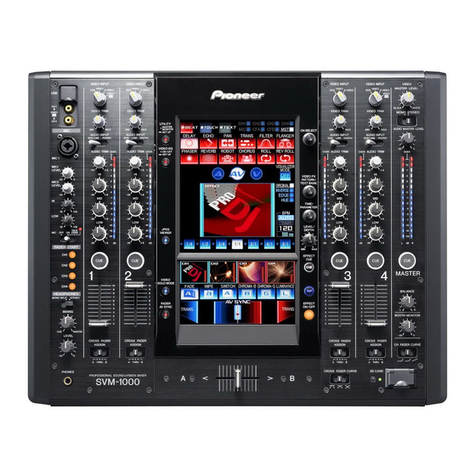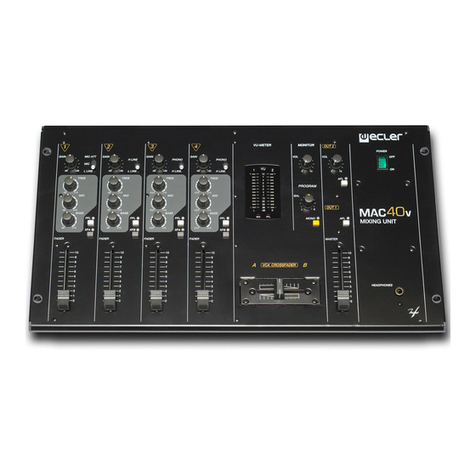
10
macOS
1. Download and install the latest M-Game software (and Audio Output Director) from
m-game.com.
2. Connect the power and USB cable(s) to the M-Game RGB Dual and press the
power button.
3. To use all of the features of the M-Game RGB Dual on macOS certain settings must be
enabled in Security & Privacy settings.
To ensure full functionality of the M-Game RGB Dual, you will need to navigate to System
Preferences > Security & Privacy > Privacy and select the lock icon in the bottom left
corner of the GUI. You will then be prompted to enter your System Password to make
changes. The following items should be set to allow for M-Game software access:
Microphone: Allow access to the M-Game RGB Dual by checking the box.
Accessibility: Allow access to the M-Game RGB Dual by checking the box.
Full Disk Access: Allow access to the M-Game RGB Dual by checking the box.
Note: If the M-Game RGB Dual or M-Game software is not listed as an available option, you can manually add them
by selecting the + icon directly beneath the App list.
4. Connect your separate headphones and microphone, or combined headset, to the rear panel of the M-Game RGB Dual.
5. In the M-Game software and select either the SET MIC from the HOME tab and follow the on-screen instructions or go
to the SETUP tab and select the HW METER button so its lit red.
a. Under Microphone, turn Phantom Power on or off depending on whether you’re using a condenser microphone
(Phantom Power on) or a dynamic microphone (Phantom Power off).
Note: Headset microphones do not require phantom power.
b. Speak into your mic at the loudest level you expect to speak in your stream and begin turning up the Gain knob on
the rear panel of M-Game RGB Dual. You'll notice that the Mic Fader LEDs on M-Game RGB Dual will light up
when you speak, showing the incoming signal. Continue speaking into the mic and turning up the Gain knob until
you see the Mic Fader LEDs flash red 3 times. If you see the Mic Fader LEDs flash red 3 times, this means
M-Game RGB Dual's Mic Gain knob is set too high. Turn down the Mic Gain knob until you no longer see the LED
flash red 3 times. You’ll want to get the Mic Fader LEDs as close to the top LED without the LEDs all flashing.
Note: If you are using a low gain mic (like a SHURE SM7B or
ElectroVoice RE20) you will need to use the M-Game
software's BOOST function. You can find BOOST in the
Setup tab under Basic Microphone Settings. Simply speak
into your mic at the loudest volume you expect to speak in
your stream and turn up the Boost knob until the Mic fader’s
meter in the M-Game software shows the top LED lit red.
Slowly turn the Boost knob back down until the Mic fader’s
meter in the software no longer shows red. You can change
the BOOST level from Off to +24 dB.
Note: Now that you’ve setup your mic you can turn off the
HW Meter button in the M-Game software to return the Mic
fader to its default LED behavior.
d. Adjust the EQ, Compressor, Noise Gate, High Pass Filter and De-esser settings to get the
best sound from your mic.
Note: You can also use one of the Mic presets in the M-Game software to automatically
configure your mic’s settings. These mic presets are found in File > Setup > Load
Microphone Settings.
6. In the SETUP tab's HARDWARE section select what source your Game audio is coming from
and what source you Chat Audio is coming from.

